Instagram or Instagrumble: does a camera belong at the dinner table?
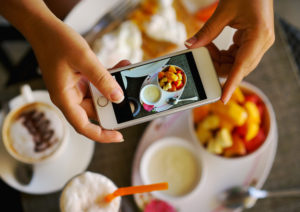 Photographing food to share on social media is one of the most popular modern trends. Instagram in particular has millions of shots of food and drink uploaded daily, with people across the planet sharing their dining experiences – both good and bad.
Photographing food to share on social media is one of the most popular modern trends. Instagram in particular has millions of shots of food and drink uploaded daily, with people across the planet sharing their dining experiences – both good and bad.
Recently however, there has been a resurgence in the debate on whether a camera belongs at the dining table. Chef Michel Roux has gone so far as to put a notice outside his restaurant, asking guests not to take photographs. His action has drawn negative comments from Gordon Ramsay who believes customers should be free to photograph as they please, stating,
“it’s a compliment to the chef the fact that customers want to take a picture of dishes they’ve paid for.”
There is a case to be made for both those for and against. So, the question must be – is modern technology damaging or enhancing the dining experience?
THE CASE AGAINST
The ambience
There is more to the dining experience than just the food. Everything in the restaurant has been carefully chosen to represent and reflect the theme of the venue. The restaurant experience has been designed to create a specific atmospheric feel, something that can only be understood properly in person – not digitally. The entire restaurant – from menu, to crockery and cutlery, to tables and chairs, wall décor and background music – has been put together with a vision in mind, one that the entire staff – in the kitchen, front-of-house and behind the scenes, works hard to maintain. By spending time focused on taking the ‘perfect’ shot – customers are neglecting the atmosphere the restaurant has created for them, and are disrespecting the years of training, months of planning, weeks of designing and hours of cooking that has culminated in the meal placed in front of them.
The timing of food – and taste
Plating a high quality dish isn’t as simple as just putting the food down – it requires thought, careful planning and practiced execution, so the chef can present the customer with something akin to edible art. Being able to repeat this process again and again is a skill that has been developed over time, and balances the technical needs of the design against the optimal serving time of the food. When there is a delay in starting the meal, the food is no longer at the peak of perfection – the temperature has started to change, and texture is affected, as well as taste.
Michel Roux says, “what are they doing? Maybe once during the meal you want to take a little photo of something because it’s unusual. But what about the flavours? A picture on a phone cannot possibly capture the flavours.”
There should be more emphasis given to the sensory experience of taste, rather than the visual.
The self-absorbed
Some people aren’t satisfied with taking a quick photograph and settling down to eat; they need to adjust their surroundings to get the shot. They stand up and disrupt other diners, get in the way of the serving staff, and cause problems for everyone else. These people think little (if at all) about the overall experience of dining in the establishment, they are more concerned with boasting about their meal online.
The long process
Once a satisfactory photograph is taken, some diners will then spend the time they should be enjoying the dish in editing their image – finding the right filter, adjusting the colour balance, cropping out unwanted sections, etc. By this time, their food is continuing to cool (or warm depending on their order), and the taste and texture profiles continue to degrade. They are ignoring the restaurant’s effort to provide a unique or welcoming atmosphere that engages the other senses – it is ultimately disrespectful to ignore the meal before them and become pre-occupied with technical settings on their photo editing software.
The experience of being seen
Some guests who are attached to their phones don’t stop with just taking or editing the photo – they upload the image there and then – letting everyone know where they are and what they are doing, despite the fact that they aren’t engaging with what they should be doing – they are there for the sake of the ‘buzz’ it will cause on their feeds.
Eyes on the phone
Once the photo has been uploaded to social media, there are those that still continue to neglect the experience of the venue – opting to check their feeds instead; responding to likes, shares and comments – obsessed with the social status of dining at the restaurant and how they appear to others. Again, this takes the focus completely away from the experience that has been carefully cultivated for them by the restaurant owner, chefs and serving staff.
Final thoughts against
Taking technology to the dinner table is an action that impedes the creative efforts of the restaurant who are looking for diners to enjoy a sensory experience. Chefs see their hard work reduced down to a single component – the appearance of the dish becomes more important than taste or texture. The actual experience of eating the food, whilst appreciating the creation and the surroundings that compliment it are lost, and the efforts of the restaurant’s staff are ignored completely.
THE CASE FOR
New times, new designs
Social media and modern technology are not going anywhere. Adapting to the use of smartphones at the dinner table is something a chef will need to consider when creating new menus and designing new dishes. It’s long been said that ‘a picture is worth a thousand words’, and modern photography gives people the ability to clearly share and express what words may not be able to. Whilst the other senses cannot be directly engaged when looking at a photograph, the imagination can be stimulated.
Free advertising
Having customers that want to preserve and share their experience with a restaurant is a huge compliment, and extremely flattering. It is also an excellent form of marketing that doesn’t cost the venue. The power of social media means that a single image can be potentially seen across the globe by millions of people. By providing an exceptional experience along with beautifully presented food, a restaurant can ensure that a customer posts positive remarks along with the image – which encourages others to book the restaurant. With user generated content generally more trusted by consumers, a restaurant is able to collate these images and reactions, and use them for their own purposes – saving time, money and effort in the process.
Real life recommendations
People are highly influenced by what they read and see online, and photographs of the food allows for potential customers to see what they will experience – rather than having to rely on their own imagination.
A learning tool
Photography is also a useful tool for chefs, who can look at what other establishments are serving, and how they are plating dishes. Every chef knows that you aren’t ‘taught’ new techniques by your seniors – you observe your mentor working, and endeavour to make their skills your own. Food photography has just added another element to this tradition, and allows for a careful study of the finished product.
The customer’s choice
Once a customer has ordered their food, what they decide to do with it, is their decision – it may not please a chef to see the customer not eating, but once the dish has left the kitchen – it is quite literally out of their hands. If guests want to spend their time admiring and sharing the visual appeal of their chosen dish, they should be free to do so – if taste and the overall dining experience are secondary to them, then that is their business.
The power of influencers
Some food bloggers and influencers pay close attention to the entire dining experience – photographing of the food is just one aspect, and they act as a benchmark for the venue, often going into depth about the experience they’ve been offered, as well as the food. It cannot be assumed that just because someone is taking the time to photograph their food, that they aren’t appreciating the entire experience before them.
Final thoughts for
Modern technology allows people to vicariously experience dining experiences from across the globe. It allows inspiration, motivation and recommendation. From a business perspective, the free advertising elevates the restaurant into the public eye, and the trust generated by sharing and engaging with user generated content can increase reputational value and generate more customers.
WRAP UP TAKE-AWAY
Both views are equally valid and have very different perspectives on the expectations of the dining experience. There’s no right or wrong answer to the question of technology at the table, and although the dialogue between Michel Roux and Gordon Ramsay has thrown the subject into the spotlight again recently, it has been and will continue to be a subject of hot debate.
So, which side of the table do you sit on?
Lynne.
Lynne Pratt is the Creative Content Director at Virtual Solutions, a boutique firm specialising in social media and customer experience services for restaurants and hospitality brands.


























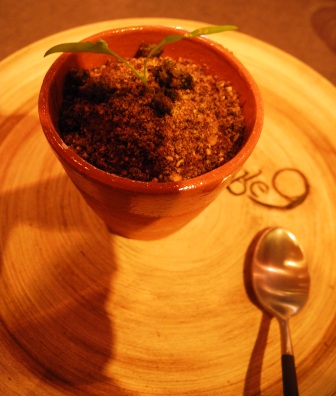
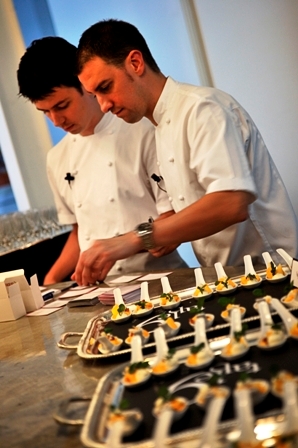





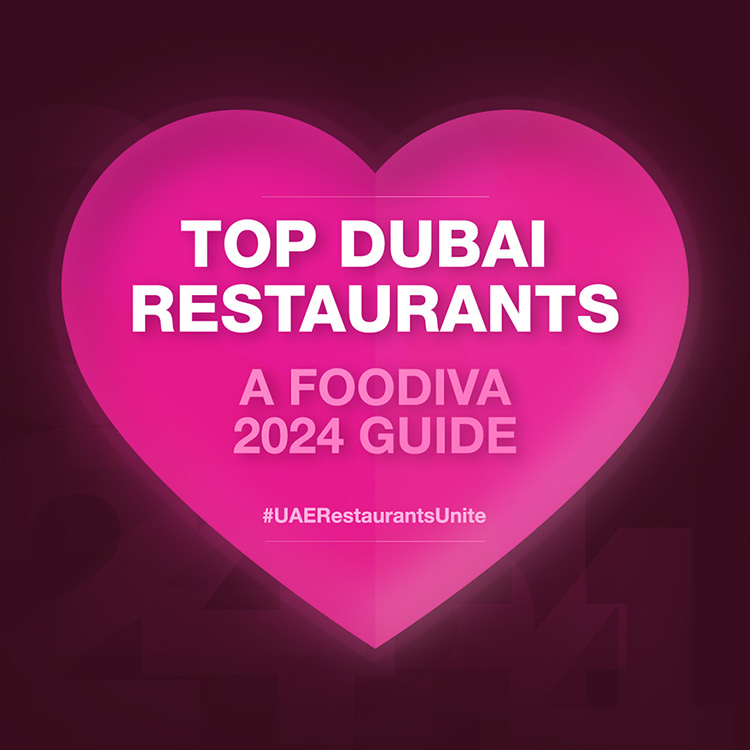

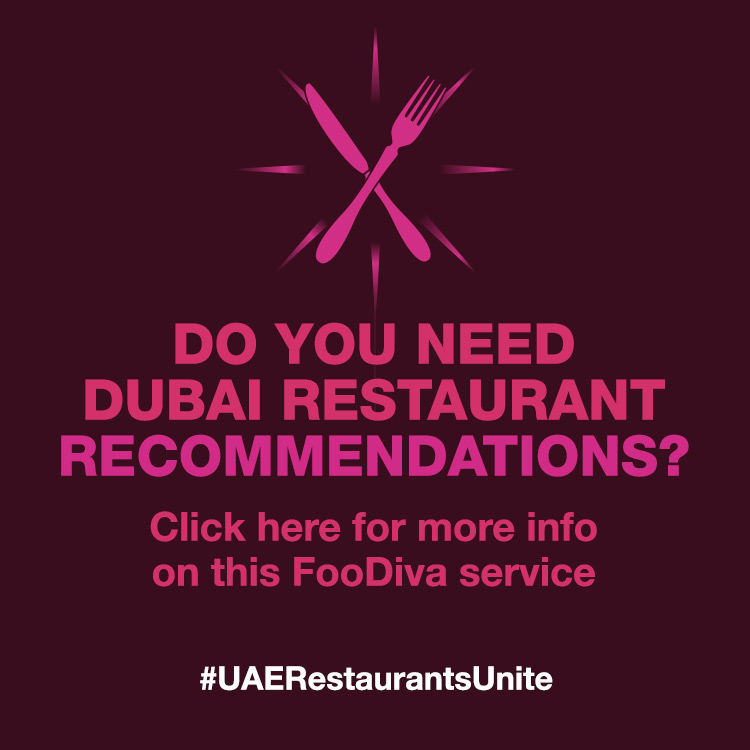



There is a good balance to this article and the issue is certainly one that polarises opinion. Personally, I disagree with Michel Roux Jr (I never though that I would say that!) because banning photography is dictatorial and more annoying than the Instagrammers, themselves. However, a balance is required; a couple of quick shots sans flash is acceptable. Uploading there and then is unnecessary and downright rude.
My review of LPM Abu Dhabi noted the terrible atmosphere because the diners were all on their phones (and not for Instagram purposes), so why not just ban phones complete;y. Talking loudly on phones, annoying ringtones, ignoring dining companions, and excessive texting/social media activity are far more annoying and detrimental to the dining experience than a couple of quick shots.
I dine at Michel Roux’s restaurants often but I question if I shall bother if he thinks he can dictate my actions if they are not intrusive to others.
Thank you for posting our blog on your site, the subject of food photography is an interesting one – and it’s great to see people across your channels engaging with the topic!
Such a hot debate these days, and a worthy topic of discussion! Loved the points you put across!